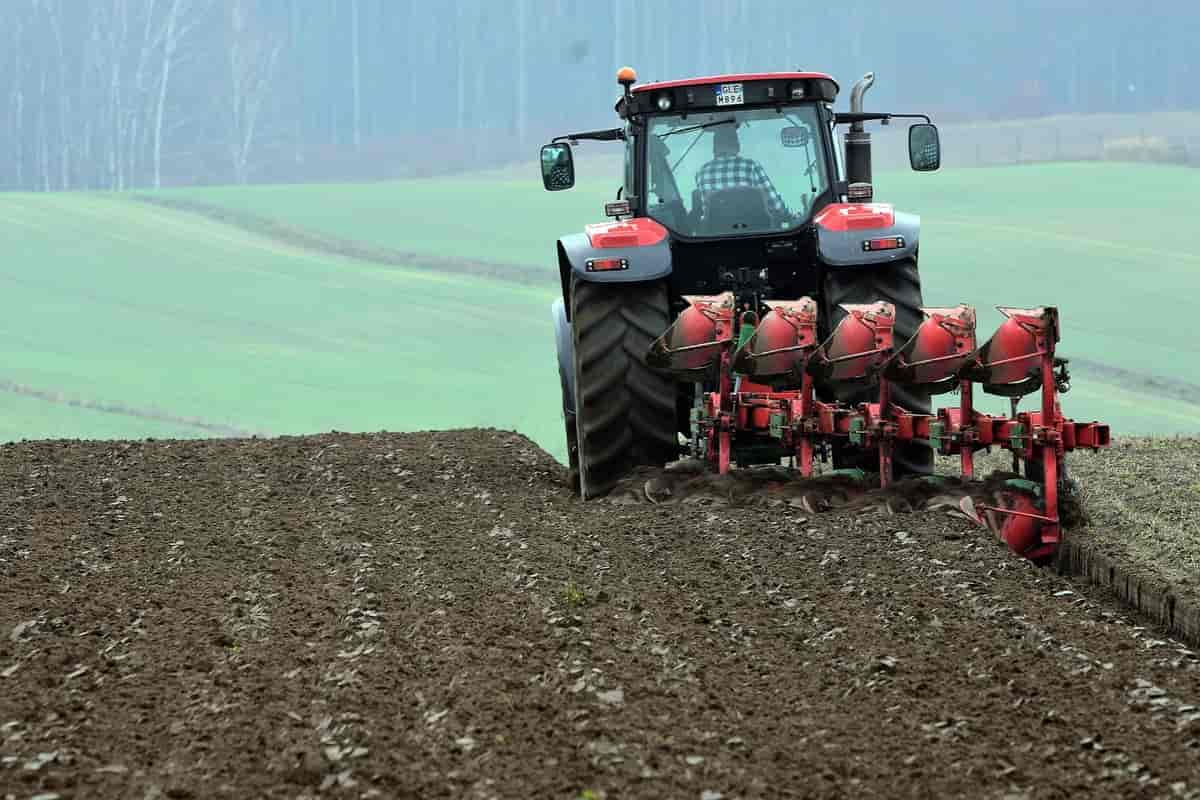Ukrainian farmers have already sown 20% of the planned area

First Deputy Minister of Agrarian Policy and Food of Ukraine Taras Vysotsky told the national marathon UARazom how many hectares of agricultural land have already been sown, what is the situation with exports of domestic agricultural products, whether there is an imbalance in foreign exchange earnings and whether Ukrainians have enough grain.
About sowing
As of now, more than 2.5 million hectares have been sown, which is about 20% of the forecast for this crop.
Today, in some parts of the territories liberated from the occupation, it is necessary to demine the fields: Chernihiv, Sumy, part of Kharkiv and Kyiv. And even in these regions, the Ministry of Agrarian Policy expects that at least 60-70% will be able to perform all spring field work on time.
The most difficult situation is in the temporarily occupied oblasts and where active hostilities continue: Luhansk, Donetsk, Zaporizhia and Kherson oblasts. Currently, the forecast is less positive there – sowing there can take place in a pessimistic scenario only by 30-40%.
In the rest of Ukraine, sowing is going according to plan.
In most cases, farmers purchased material resources in advance. And where there is no fighting or no mining, farmers are actively going out into the fields and continue the sowing campaign.
Twice a week, the Ministry of Agrarian Policy collects forecast plans, the fact of sowing and compares all data, monitoring the situation in real time. The recommendations given by the ministry to increase the area of food crops, such as buckwheat, millet, farmers are being implemented. “Currently, an effective dialogue has been built – we hope that this will continue in the future,” said Taras Vysotsky.
About food exports
The main problem today is that 90% of exports took place through the ports of Odessa and Mykolayiv, which have been blocked since the beginning of the war.
Therefore, work is underway to reorient exports through rail and road routes with the help of our neighbors – Romania, Hungary, Slovakia and Poland.
“And yet, in these limited opportunities, we are doing our best to continue to make a significant contribution to global food security and the supply of products through new routes to those countries that suffer from hunger and are in critical need,” said Taras Vysotsky.
He reminded that before the war 1/3 of exports went to EU countries, and this market will remain relevant in the future, because we have direct land borders. The other two-thirds went to the Middle East, North Africa and Southeast Asia, where our grain went mainly through the Black Sea and the Bosphorus. “The problem is that the population of these regions before the war had only a 2-3-month supply of food. Therefore, in a month there may be a very critical situation on the verge of famine, “said the First Deputy Minister.
Therefore, according to him, the current military situation has shown the presence of huge imbalances. Because as an exporter we have large balances, and in other countries there will be nothing to eat.
“It is necessary to change the approaches to the guarantors of food security in the world, and the Ministry of Agrarian Policy is working on this,” said Taras Vysotsky.
He also noted that currently exports prevail over imports – it was the same in March, in April there was a similar trend. “So now, even with limited logistics routes, there is no critical pressure in terms of currency outflows due to the imbalance of exports and imports. But, of course, the main plan is to increase the possibilities of exporting grain as quickly as possible, which is not needed for domestic consumption, so that this foreign exchange earnings enters the economy of Ukraine, “said the First Deputy Minister.
On ensuring the domestic market for consumption
Immediately after the start of the war, licensing was introduced – export control. Basic products – wheat, buckwheat, oats, sugar, eggs, poultry – can be exported only after approval from the government, the Ministry of Economy.
“That’s why we are closely monitoring the balance, seeing how much we need for domestic consumption, plus a 3 to 6 month reserve, depending on the type of product. And only if there are products above this balance, then we issue this license. This regulation will last at least until the end of the war and a certain period after its end, until the stabilization of markets, “Taras Vysotsky assured.
He also added that the government rejects large applications for licenses in order not to create a monopoly and maintain the maximum number of agricultural producers, and to have maximum competition.
Read also
Wheat in Southern Brazil Impacted by Dry Weather and Frosts
Oilseed Industry. Leaders and Strategies in the Times of a Great Change
Black Sea & Danube Region: Oilseed and Vegoil Markets Within Ongoing Transfor...
Serbia. The drought will cause extremely high losses for farmers this year
2023/24 Safrinha Corn in Brazil 91% Harvested
Write to us
Our manager will contact you soon



